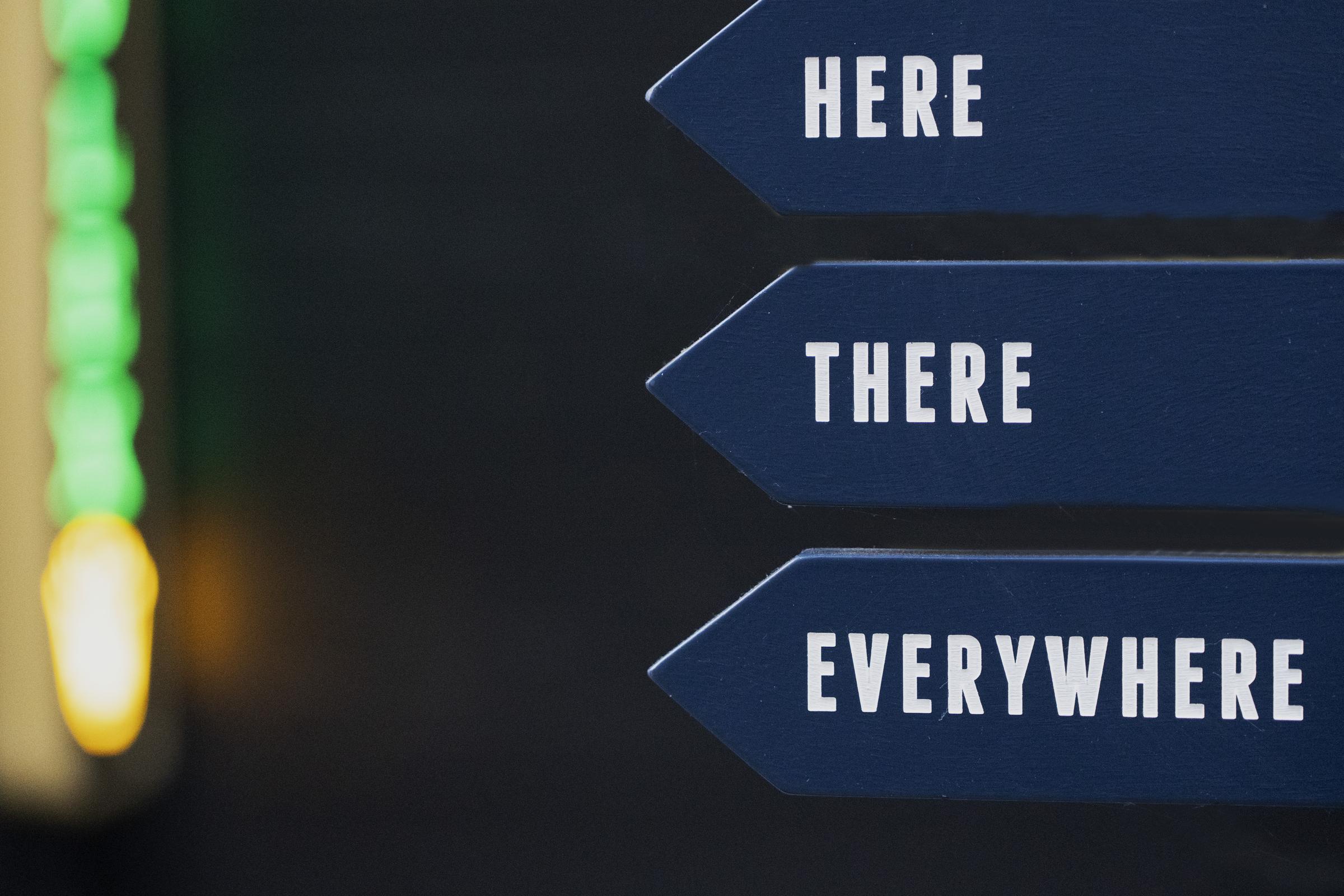Careers Update
Visit the The Careers Team in the Senior School Building

Careers Update
Visit the The Careers Team in the Senior School Building


Engineering skills underpin the functioning of our societies and economies. As we face the global challenges presented by a changing climate, food and water scarcity, loss of biodiversity and globalisation, these skills will only become more important.
In Australia, we have a high demand for qualified engineers but we train relatively few compared with similar industrialised nations.
As a consequence, about half of Australia’s engineers come from other countries. While skilled migration is an important and largely positive element of our economy, relying on skilled workers from overseas could leave us vulnerable to factors outside our control.
One part of the engineering pipeline problem is the lack of diversity in those who engage with the subject.
Industry values diversity because it boosts innovation and improves financial performance. Despite numerous outreach and engagement programs and initiatives, however, only a small fraction of undergraduate engineering students are women.
In vocational training, the number is less than one in ten; at universities it’s around one in six.
This enormous disparity means women are missing out on designing the future. It also means that engineering challenges are being tackled from a narrow set of perspectives.
In 2019 the deans of engineering at Monash University, the Australian National University and the University of New South Wales created the Engineering for Australia Taskforce. The goal of the taskforce is to find ways to boost the numbers of women applying for university engineering programs.
The taskforce has two major concerns. First, engineering enrolments do not reflect the diversity of the Australian population, particularly gender diversity. Second, engineering has a low visibility in schools and society in general.
Today, the taskforce launched a new report that explores what factors affect girls’ participation in engineering.
The report is authored by Professor Deborah Corrigan and Dr Kathleen Aikens from Monash University. Based on a review of international peer-reviewed research, they argue that engineering urgently needs to rebrand itself.
The report identifies three key actions:
Create an inclusive vision for STEM and engineering to address stereotypes. This vision will invite and welcome excluded groups to see engineering careers as a real possibility
Work with the education sector to create a STEM and engineering identity in schools, by making engineering activities prominent, positive and relevant
Evaluate engineering intervention programs to find out what works.
Potential interventions could involve changes to the school curriculum, adding extracurricular activities or through media campaigns, or something else.
The lack of an “engineering identity” in schools is a persistent problem and one that resonates particularly strongly with me.
As Australia’s Women in STEM Ambassador, I have visited schools and observed science classes in every state and territory of Australia. I have seen students carrying out sophisticated engineering projects that tackle important societal and environmental challenges.
Often, students don’t recognise that what they are doing is engineering. Students either don’t understand what engineering is, or they don’t see engineering as an attractive career.
Ask a year 9 student if she wants to design a system for rare pygmy possums to safely cross a highway, and you will probably get an enthusiastic yes.
Ask the same student if she wants to be a mechanical engineer, and the response may be lukewarm at best.
So identifying engineering by name where it happens in schools, emphasising the social context of engineering and socialising female role models in engineering are all important steps.
As with all educational interventions, it is vital to plan carefully based on specific desired outcomes and evaluate how effective the program has been.
This will ensure dollars are well spent, and also provide a framework for future educational programs. Evaluation lets us learn the best ways to engage target groups in strategically important areas of training or study for Australia’s economy.
The Engineering for Australia Taskforce report provides important engineering-specific information. Its recommendations are consistent with those of the Australian Academy of Science’s broader Women in STEM Decadal Plan, which aims to guide interventions to boost STEM engagement.
The taskforce, my office (the Office of the Women in STEM Ambassador) and the broader STEM sector will be working hard to implement these recommendations across Australia. Together, we can achieve a more inclusive, creative innovation sector and a more resilient economy.
EMC CAREERS IMPORTANT DATES
Term 4:
Year 9 Morrisby lnterviews: 28th -29th October, 3rd-5th November
Year 10 (PtS S2) Campus Experience Excursion Access Monash: 28th Oct*
Year 11 (VCE only) Unioply Access Monash: 24th November*
For more information please see the EMC Careers website: https://www.emccareers.com.au/
New Film and Virtual Production CourseAIE has launched a world-first Film and Virtual Production course that is currently taking applications for 2022. Find out how you can launch your career in film! |


Open Day is on Saturday 20 November.
AIE staff and industry expert teachers will be presenting in-depth information on study pathways, course information, career opportunities, and answering any questions you have.